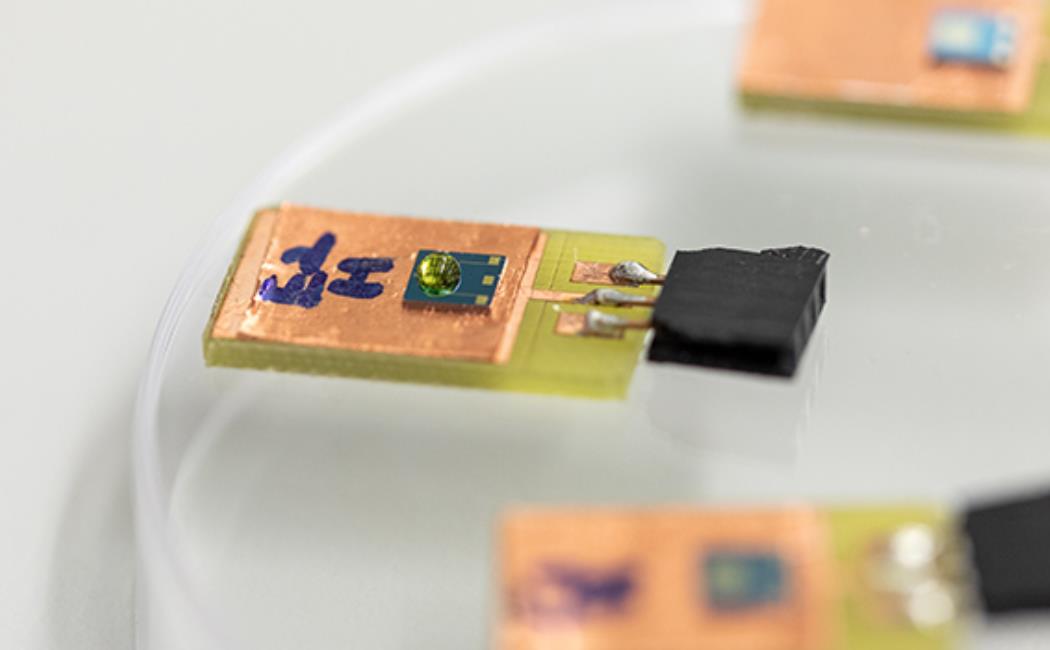
Nanomaterial-based electronic device monitors a key heart health biomarker.
Sensing a heart attack before it strikes from KAUST Discovery on Vimeo.
A wearable electronic device that alerts at-risk patients and their doctors that an acute heart attack is imminent could be developed using sensor technology created at KAUST.
The research team used low-cost field-effect transistor (FET) technology as an electronic detector of the biomarker cardiac troponin T (cTnT), which sharply increases in concentration in the blood three to four hours ahead of an acute heart attack.
“According to the World Health Organization, 17.9 million people die every year due to cardiovascular problems,” says KAUST's Khaled Salama, who led the research. “The primary motivation of this work is to deliver an affordable technology and to offer a user-friendly device to patients at risk,” he says.
Central to the team’s FET-cTnT monitoring device was a composite nanomaterial-based sensor layer. The material is based on Co3O4 nanorods, onto which the researchers grew gold nanoparticles, explains co-first author Sandeep Surya. “By combining gold nanoparticles with Co3O4 nanorods, we obtained a novel nanocomposite with excellent sensing capabilities, thanks to its higher effective surface area, higher catalytic properties and specificity.”
The team built a functional FET device by coating the gold-decorated nanorods onto a conductive layer of carbon nanotubes, which were themselves coated onto a silicon wafer electrode. The final step was to cover the gold-decorated nanorods with single strands of DNA called aptamers, which are specifically designed to bind very selectively to their target analyte—in this case cTnT.
Adding gold to the nanorod layer dramatically boosted device performance, increasing the sensitivity of the device by 250 percent compared to the gold-free Co3O4 nanorods. The gold improved multiple facets of the nanorod layer’s performance. “The gold nanoparticles increased the adsorption of DNA on the surface of the nanorods,” says co-first author Sanjit Majhi. "They also improved the electronic properties of the sensor layer," he adds. The device could detect cTnT at concentrations down to 0.1 microgram per milliliter of the spiked sample, which is in the range for heart attack monitoring. "Finessing the device fabrication process should boost device sensitivity even further," Salama says.
"The next targets are to replace the silicon platform with a flexible material and to reduce the power consumption of the device," Surya adds. “The integration of electronics with a bendable and stretchable platform is the pathway to the future,” he says. Transitioning to a flexible, implantable device is a key step to creating a continuous monitoring, wearable heart attack sensor.
KAUST DISCOVERY
Related Publications
A label-free aptasensor FET based on Au nanoparticle decorated Co3O4 nanorods and a SWCNT layer for detection of ca...
S. G. Surya, S.t M. Majhi, D. K. Agarwal, A. Ait Lahcen, S. Yuvaraja, K. N. Chappanda, K....
J. Mater. Chem. B,8, 18-26, (2020)



